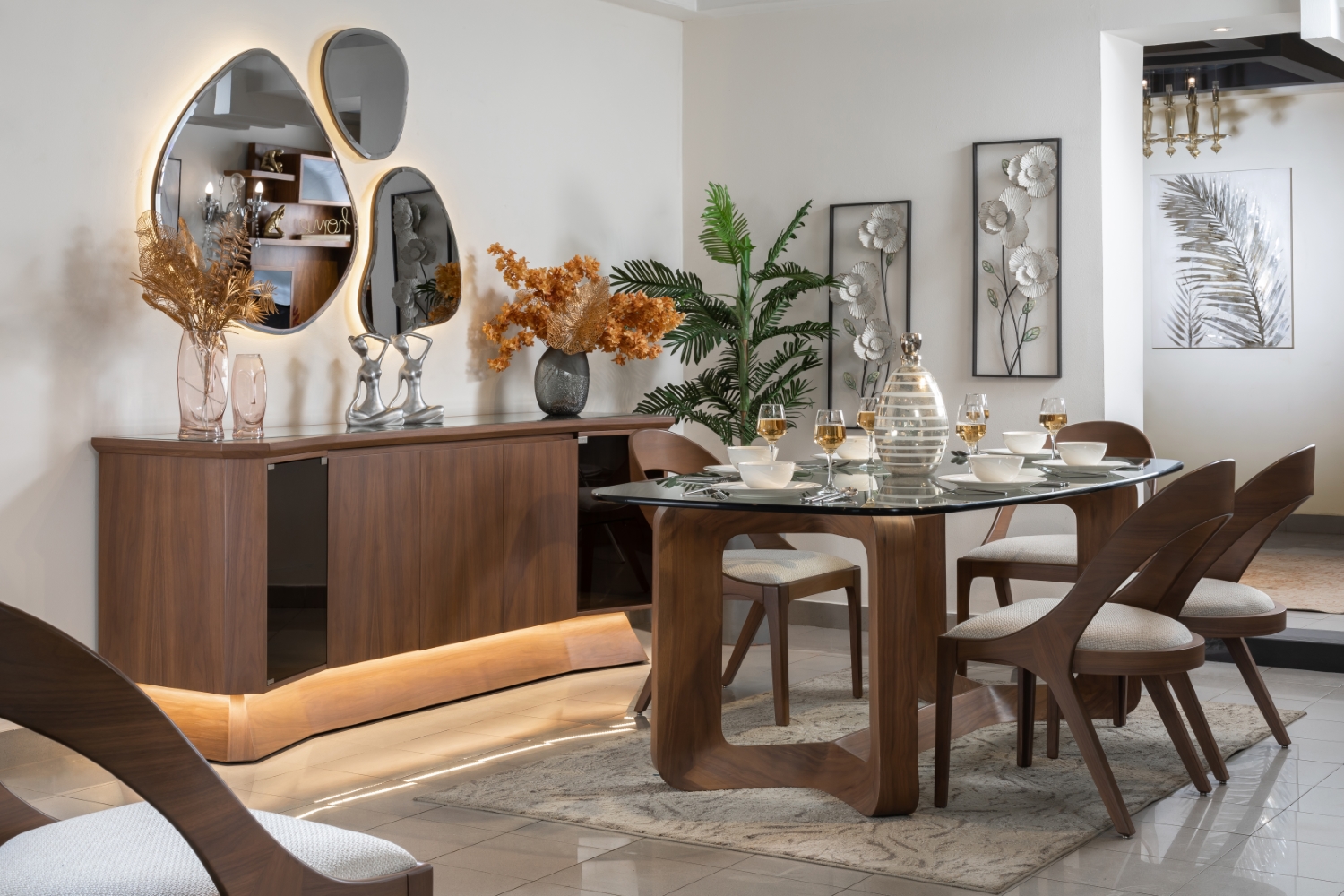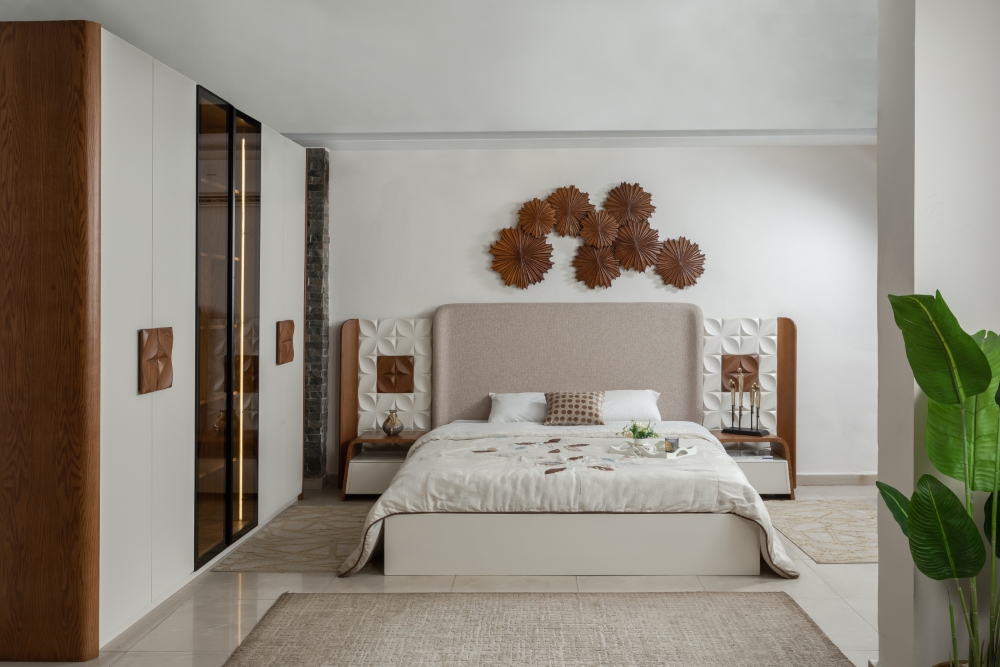Exploring Texture in Furniture Design: A Multisensory Experience

In the world of furniture design, texture plays a crucial role in shaping the overall aesthetic and tactile experience of a piece. From smooth and sleek surfaces to rough and rustic finishes, the texture adds depth, character, and visual interest to furniture. In this article, we delve into the fascinating world of texture in furniture design, exploring its impact on both form and function.
The Language of Texture: Understanding Its Significance
Texture is more than just a visual element; it engages our senses and evokes emotional responses. In furniture design, texture can convey a sense of warmth, comfort, or sophistication, depending on the materials and finishes used. By understanding the language of texture, designers can create immersive and inviting spaces that resonate with people on a deeper level.
Exploring Materiality: A Diverse Palette of Textures
From natural materials like wood and stone to synthetic materials like glass and metal, furniture designers have a vast palette of textures to choose from. Each material offers unique tactile qualities and visual characteristics that can be used to enhance the design narrative. By carefully selecting and combining different textures, designers can create dynamic and engaging furniture pieces that capture the imagination.
Tactile Experience: Enhancing Comfort and Ergonomics
Texture not only influences the visual appeal of furniture but also affects its tactile experience. Soft, plush fabrics invite us to sink into a sofa or armchair, while smooth, polished surfaces provide a sense of sleekness and sophistication. In ergonomic design, texture plays a crucial role in enhancing comfort and usability, ensuring that furniture feels as good as it looks.
Contrast and Balance: Creating Visual Interest
Texture is a powerful tool for creating contrast and balance in furniture design. By juxtaposing different textures, designers can create visual interest and focal points within a space. For example, pairing rough, textured upholstery with smooth, polished wood creates a dynamic interplay of surfaces that adds depth and dimension to a room. By carefully balancing textures, designers can create harmonious and visually compelling compositions.
Future Trends: Pushing the Boundaries of Texture
As technology advances and new materials become available, the future of texture in furniture design is ripe with possibilities. From innovative 3D-printed textures to sustainable materials with unique tactile properties, designers are constantly pushing the boundaries of what's possible. As we look to the future, we can expect to see even more experimentation and creativity in the realm of texture, leading to truly transformative and immersive furniture experiences.
Texture is a fundamental element of furniture design, shaping our perception of spaces and objects in profound ways. From the warmth of natural wood to the sleekness of polished metal, texture adds depth, character, and sensory richness to furniture. By understanding the language of texture and harnessing its expressive potential, designers can create furniture that not only looks beautiful but also engages our senses and enriches our lives. Join us on this journey as we continue to explore the endless possibilities of texture in furniture design.



